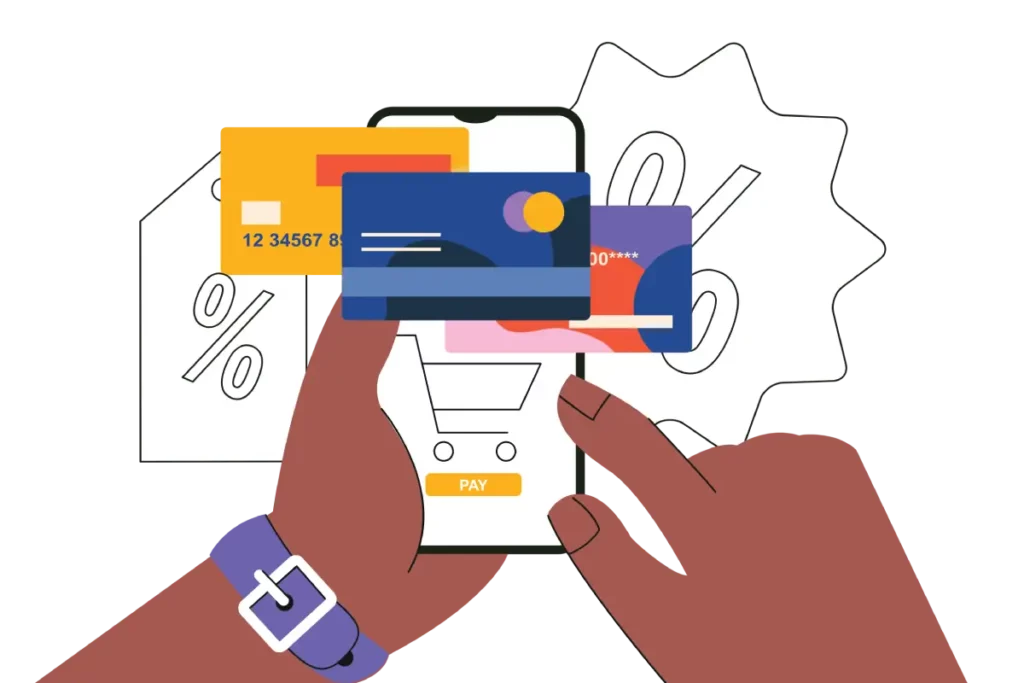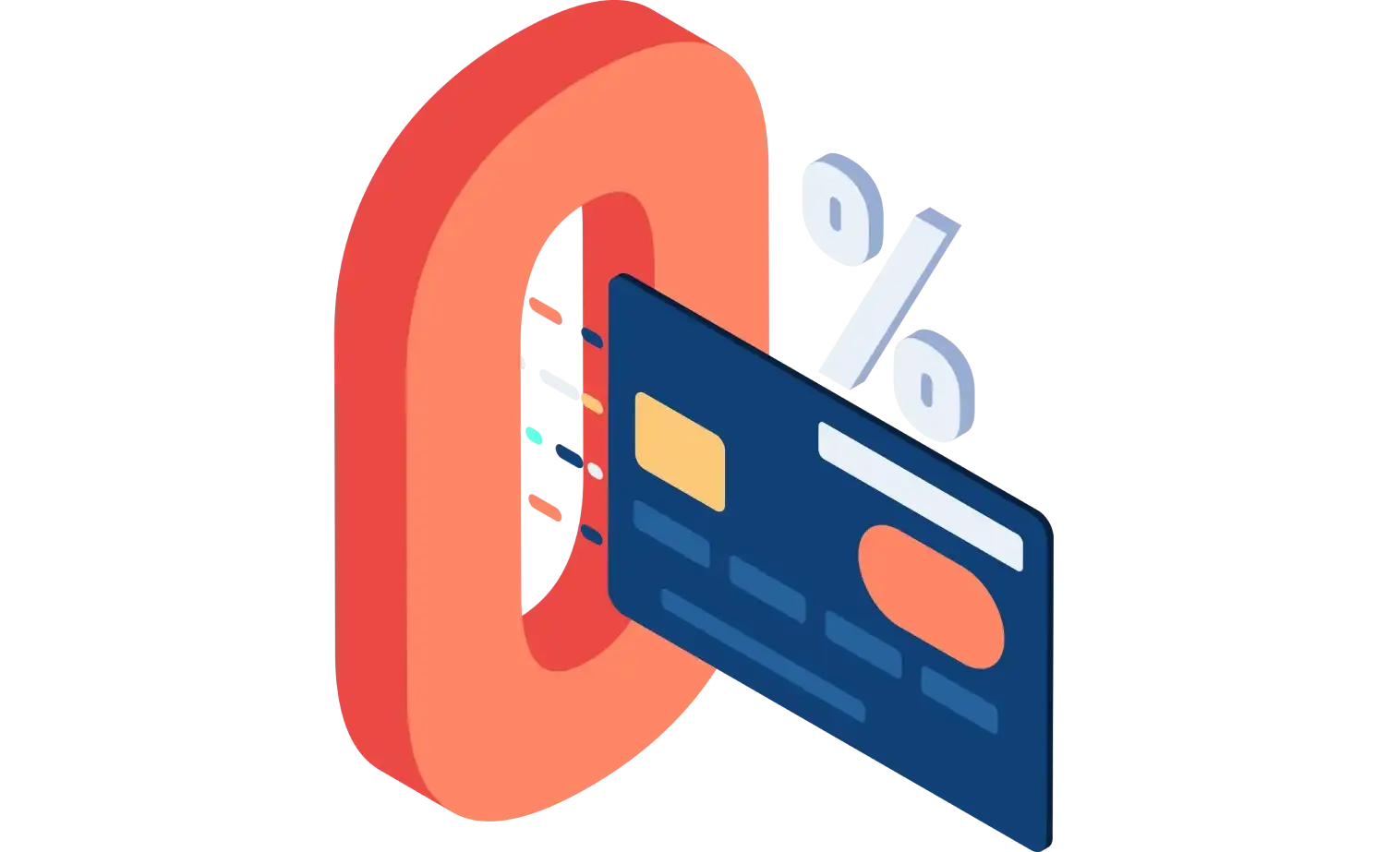Between rising costs and competition, every percentage point counts when it comes to your profit margins. When payment processing fees take another bite out of each sale, business owners start looking for ways to protect their bottom line. Some business owners opt for adding credit card convenience fees to applicable transactions. If you’re considering adding such a fee, you need to understand that these charges for using different payment channels come with specific compliance requirements that could result in penalties or customer complaints if implemented incorrectly. This guide explains what credit card convenience fees are, when you can legally charge them, and whether they’re right for your business.
Key Takeaways
- Credit card convenience fees are charges for using alternative payment channels rather than your standard payment method — not for using the card itself.
- Convenience fees are permitted in most states, though some have specific requirements around disclosure and fee limits.
- Convenience charges usually apply to all payment types in that channel, not just credit cards, while surcharges only apply to credit card transactions.
- Alternatives to card convenience fees — such as raising prices or negotiating better rates — may preserve customer relationships better than adding fees.
What Is a Credit Card Convenience Fee?

A credit card convenience fee is an extra charge businesses add when customers pay through an alternative payment channel that’s not their standard payment method. If you normally accept in-person payments at your store, you might charge a convenience fee for phone or online payments. If you typically take checks by mail, you could add a fee for accepting cards online.
The convenience fee isn’t technically for using a credit card. It’s for the convenience of using a different payment channel. This distinction generally makes convenience fees more widely accepted than surcharges, though some jurisdictions have specific implementation requirements.

How a Convenience Fee Works
Imagine you run a landscaping business. Your standard payment method is a check or cash upon job completion, but some customers want to pay online through your website later. You can add a convenience fee for this option.
In this example, the customer may see the following on the invoice:
- Total Due: $200
- Convenience Fee for Online Payment: $5
- Total Charge: $205
That convenience charge helps offset your higher credit card processing fees for online transactions, which typically run higher than in-person swipes due to increased fraud risk and transaction costs.

Convenience Fees vs Surcharges
Knowing the difference between surcharges and convenience fees helps you choose the right approach for your business.
Convenience fees apply to all payment types in an alternative channel. If you charge a $3 convenience charge for paying by phone, everyone pays it — whether they use credit cards, debit cards, or another payment method.
Surcharges only apply to credit card transactions. Debit cards and other alternative payment methods avoid this fee. They’re usually calculated as a percentage rather than a flat fee.
Convenience fees are about how customers pay (the channel), while surcharges are about what they pay with (credit cards). Visit our cash discount vs surcharge post to learn more about other options for protecting your bottom line.
When Can Businesses Legally Charge a Convenience Fee?
States typically allow credit card convenience fees, but each has its own rules regarding how you can apply them.
You need a genuine alternative payment channel. You can’t declare credit cards “alternative” if you’ve been accepting them at your register for years. The alternative channel must be distinctly different from your primary payment acceptance method. Common acceptable scenarios include:
- A brick-and-mortar business adding fees for phone payments
- A medical office charging for online bill payment
- An event venue charging for online ticket purchases

State-by-State Convenience Charge Rules
While these fees are federally legal, some states add extra requirements:
- California: Must clearly display the total price, including all fees. Convenience fees cannot be added after listing price.[1]State of California Department of Justice. “SB 478 – Hidden Fees.” Accessed August 25, 2025.
- New York: Requires posting the dollar amount of fees, not just percentages.[2]Governor, An Official Website of New York State. “Governor Hochul Announces New Law to Clarify Disclosure of Credit Card Surcharges Goes Into Effect Sunday, February 11.” Accessed August 25, 2025.
- Connecticut: Prohibits passing on credit card processing fees to customers, including both surcharges and convenience fees. However, it does allow cash discounts.[3]State of Connecticut. “Surcharges.” Accessed August 25, 2025.
Most states require clear disclosure before the transaction is completed. Check your specific state’s consumer protection laws, as they change frequently.

Convenience Fee Policies by Card Brand
Card networks are the organizations that process credit card transactions between merchants and banks — companies like Visa, MasterCard, American Express, and Discover. Each card network has specific rules:
- Visa: Allows convenience fees only for alternative channels. The fee must be flat-rate and disclosed before payment. Customers need another payment option available.[4]Visa. “Visa Rules and Policy.” Accessed August 25, 2025.
- MasterCard: Similar to Visa, but allows convenience fees for payment forms if applied consistently within that specific channel.[5]MasterCard. “What Merchant Surcharge Rules Mean to You.” Accessed August 25, 2025.
- American Express: American Express allows convenience fees in specific sectors, like government and education. Merchants must follow strict guidelines and obtain permission.[6]American Express. “Merchant Regulations.” Accessed August 25, 2025.
- Discover: Requires equal treatment of all card types. Merchants can typically comply by following Visa’s convenience fee guidelines and ensuring the same fee structure applies to all cards in that payment channel.[7]Fiserv. “A Comprehensive Guide to Understanding Convenience Fees, Surcharges and Services Fees.” Accessed August 25, 2025.
Clear disclosure is a universal requirement. Customers must know about the fee before entering payment information, with it appearing as a separate line item on receipts.
Why Merchants Use Convenience Fees

Transaction costs vary significantly by channel. Card-present transactions made in a store typically incur fewer fees than card-not-present transactions made by phone or online. That extra percentage of processing fees comes from higher fraud risk when you can’t physically verify the card or see the customer. Multiplied across hundreds of transactions monthly, alternative channels seriously impact profitability. Some merchants opt for flat-rate credit card processing to avoid these cost variations, paying the same percentage regardless of transaction type.
Convenience fees also influence customer behavior. Faced with an online payment fee, some customers mail checks or pay in person, reducing your overall processing costs while maintaining options. Small businesses feel this pressure acutely. Operating on thin profit margins, absorbing extra credit card processing fees can determine profitability.
How To Implement Convenience Fees the Right Way
- Review Your Processor Agreement: Verify that your merchant account and payment processor allow convenience fees.
- Set Up Clear Notifications: Before customers enter credit card payment details, add fee disclosures to websites, payment forms, and phone scripts.
- Calculate Appropriate Amounts: Most charge small flat fees. Calculate your average transaction size and cover cost differentials without excess charges.
- Configure Payment Systems: Modern processors can automatically add convenience fees by channel, ensuring consistency across all credit card transactions.
- Train Staff: Everyone handling payments in person or online must understand when fees apply and how to explain them.
- Monitor Reactions: Track cart abandonment and complaints about extra costs. Adjust if needed.
Your payment system must clearly separate the convenience charge from the base transaction amount for accurate reporting and potential refunds. Consult a tax professional, as some jurisdictions may treat convenience fees differently from product revenue for reporting purposes.
Should You Charge a Convenience Fee? Pros, Cons, and Alternatives

Pros of Convenience Fees:
- Recovers costs from expensive payment channels
- Encourages cheaper payment methods
- Provides customer flexibility
- Generally permitted with proper implementation

Cons of Convenience Fees:
- May frustrate customers expecting free online payments
- Adds complexity to credit card payment processing
- Requires compliance monitoring with credit card companies
- Could lose price-sensitive customers to competitors with no additional charges
In a letter to the FTC supporting a proposed ban on junk fees, Consumer Reports demonstrated significant consumer opposition by presenting a petition signed by nearly 50,000 consumers demanding action against these surprise and unavoidable charges.[8]Consumer Reports. CR Comment Letter in Support of the Federal Trade Commission’s Proposed Ban of Costly Junk Fees.” Accessed August 25, 2025. To avoid adding credit card convenience charges and still protect your bottom line, consider alternatives:
- Adjusting Pricing: Build processing costs into base prices for a simpler customer experience.
- Negotiating Better Rates: Shop around for the cheapest credit card processing.
- Focus on Cost-Effective Payments: Encourage cash, check, or ACH payments instead of penalizing card users. ACH fees are typically lower than credit card processing fees..
Smarter Ways To Offset Processing Fees
Managing payment costs doesn’t mean choosing between eating fees or frustrating customers. The right payment partner can help you find the sweet spot for profitability and smooth transactions. PaymentCloud can create custom payment solutions for your specific business model. Whether implementing compliant convenience fee programs or exploring zero-cost credit card processing, we provide technology and guidance.
We’ll closely examine your transaction trends, customer behavior, and business goals to help you choose the fee strategy that works. In some cases, adding a convenience fee makes the most sense. In others, adjusting your base prices or using a dual pricing model might be better. We’ll walk you through how each option could affect customer loyalty and long-term value so that you can make confident, informed decisions.
Ready to control processing costs without alienating customers? Explore PaymentCloud’s credit card processing solutions and discover how the right strategy protects margins while keeping customers happy.
Card Convenience Fees FAQs
How much can I charge as a convenience fee?
While no federal maximum exists, card networks require the convenience fee to be reasonable and reflective of actual processing costs. Consumer protection laws may treat excessive convenience fees as unfair or deceptive. Additionally, there may be state-level regulations you’ll have to follow to be in compliance depending on your market reach.
What’s the best way to manage processing fees without charging customers?
Use a mix of smart strategies to cut costs. Start by negotiating better base rates. Many businesses end up overpaying simply because they haven’t taken the time to review their processing rates. Next, encourage customers to use lower-cost payment options like ACH or debit by offering small perks instead of punishing them for using pricier methods. Finally, take a close look at your transaction data. You’ll often spot patterns that can help you tweak operations, which can lead to meaningful savings over time.
Are credit card convenience fees legal for online businesses?
Convenience fees can work for online businesses if online payments aren’t your primary way of accepting payments. eCommerce-only businesses usually cannot charge convenience fees if online is their standard and only channel. However, brick-and-mortar locations offering online payments as an additional option can typically charge convenience fees with proper disclosure.






